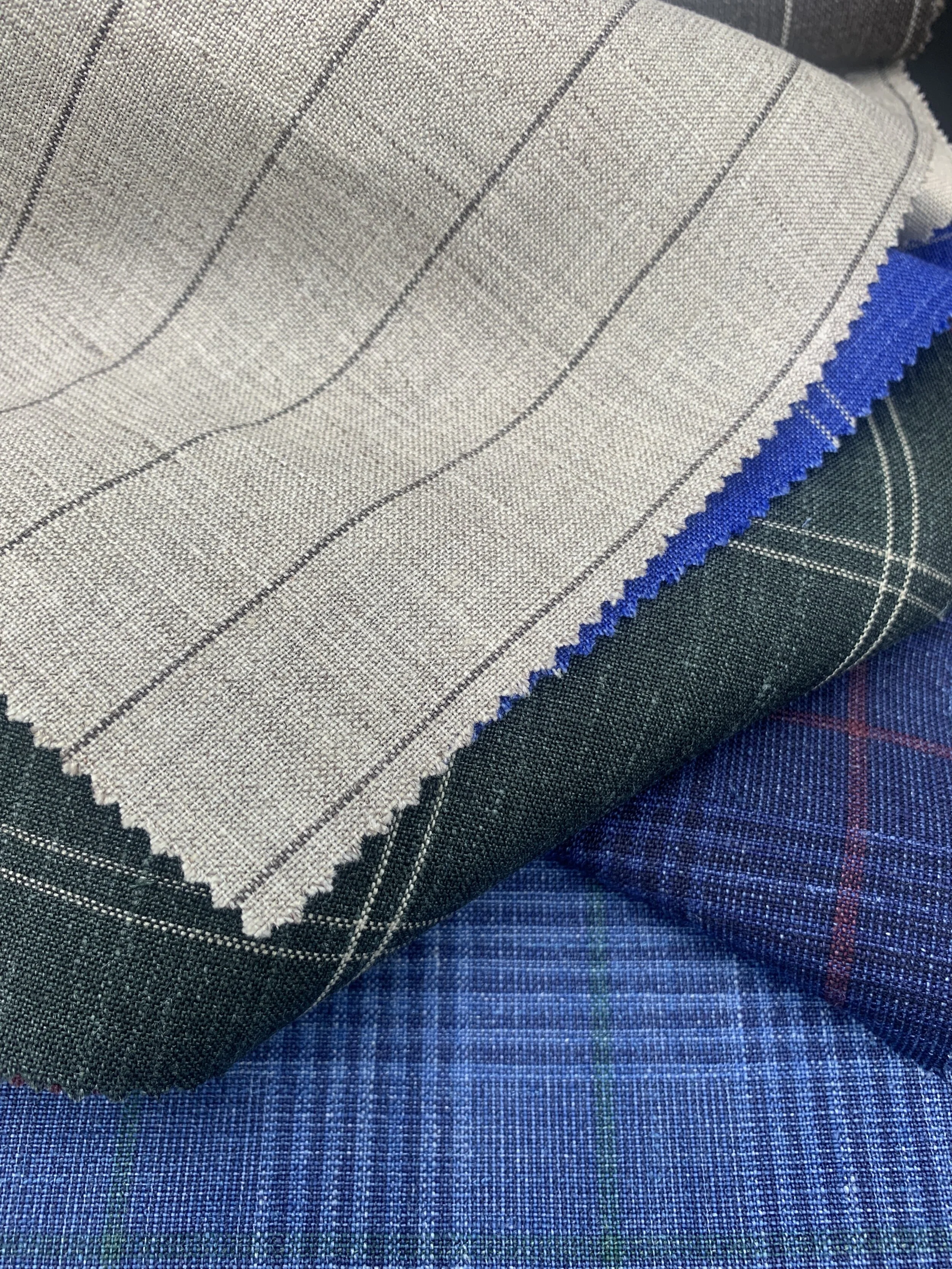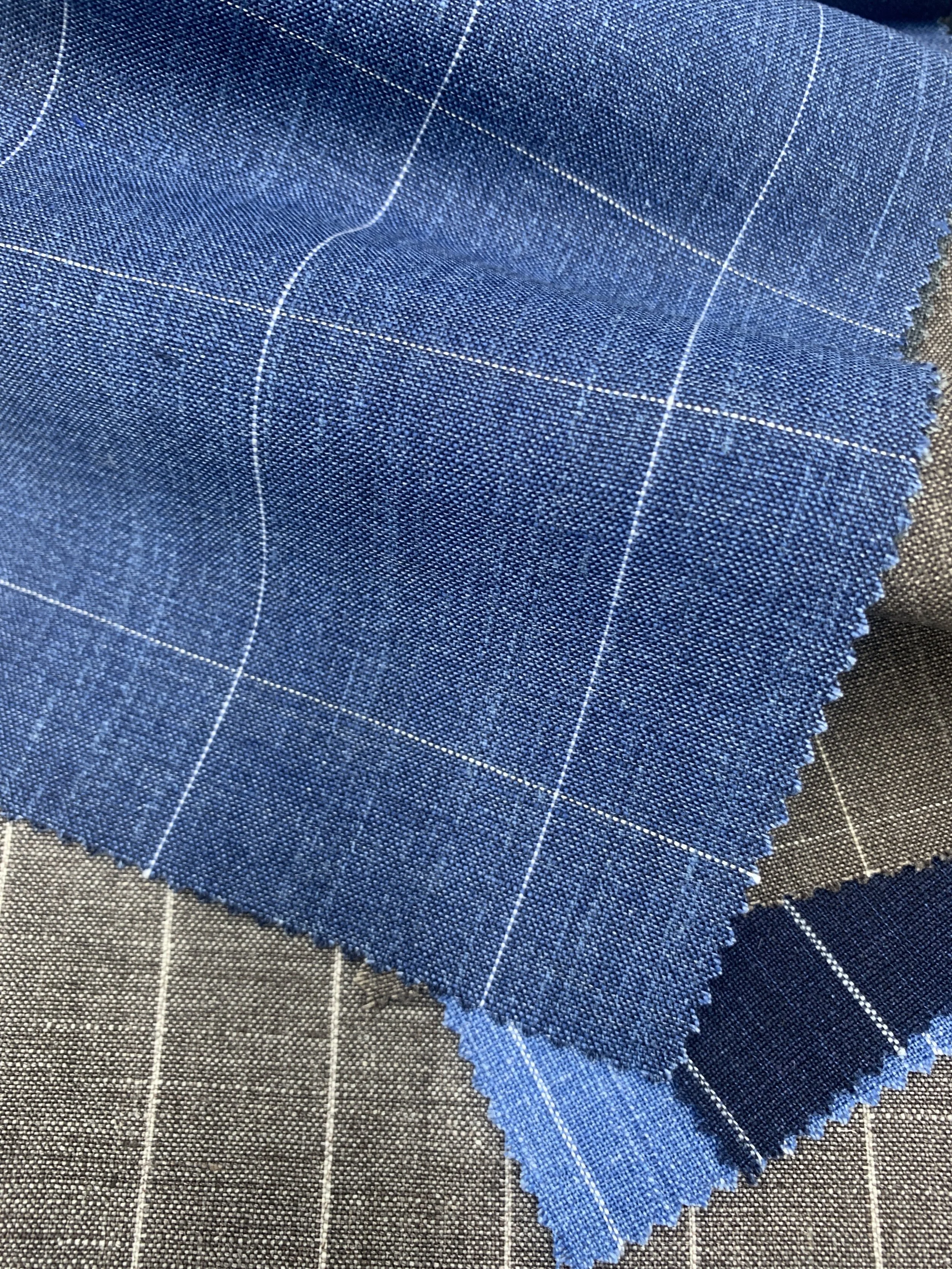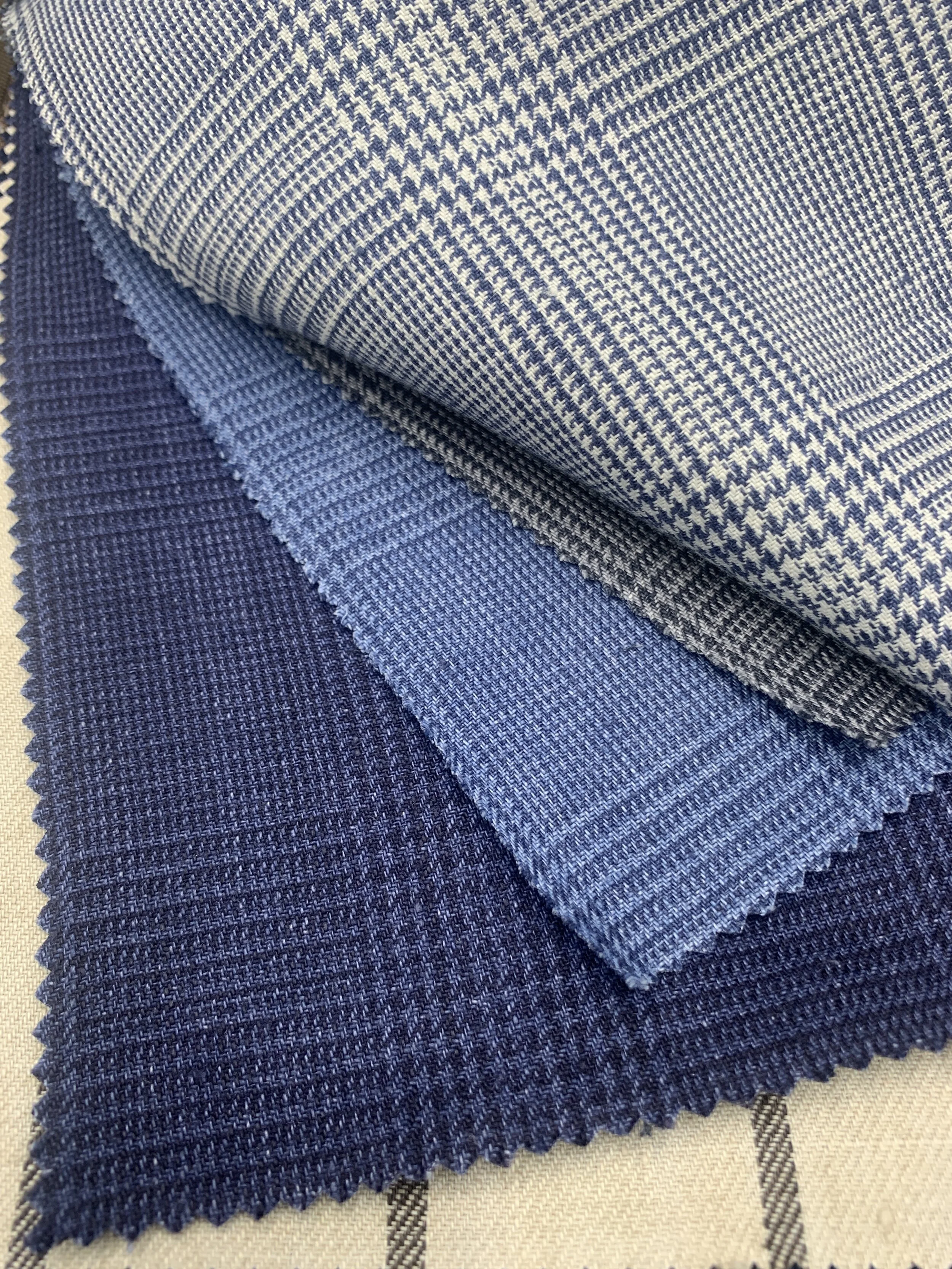Solbiati: Fashionably Facing Challenges
Below is the story of Solbiati, one of the most famous linen and cotton mills in Italy carried by 1701 Bespoke.
To say we live in tumultuous times is true. But the 21st century doesn’t have exclusive rights to the concept.
Indeed, waves of conflict and cultural change have always ebbed and flowed. What’s changed is how we adapt. To succeed in business and in life, it pays to know how to navigate the waters.
This is especially true in the world of apparel manufacturing. After all, the industry contends with the relentless forces of technological innovation, fickle consumers and economic maelstroms, among other constraints.
But, there are those firms, led by steady and thorough hands that not only survive, but thrive.
Solbiati linen, wool & silk
Solbiati linen, wool & silk
The History of Solbiati
In northern Italy, 25 miles northwest of Milan, Michele Solbiati founded his eponymous linen mill in 1874.
Today, the mill remains in the hands of his descendants and throughout every phase of the company’s existence, the family was obsessive about studying social, cultural and historical signals.
Remarkably, they did, and continue to, interpret these signals with clarity before conceiving an ambitious response. In this way, the company developed a singular culture and remains one of the industry’s most storied, successful brands.
In the company’s early years, Solbiati sold velvets, fustians (durable twilled cloths in dark colors) and heavy satins to peddlers in villages throughout the region. On the eve of the World War I, Michele’s three sons, now in control, led the charge to become a larger textile company. Soon, Solbiati was exporting throughout the Mediterranean, to India and South America, as well as making military uniforms.
During the mid-30s, under direction of third-generation family member Peppino Solbiati, the company began producing rayon and viscose, cotton and silk to meet the heavy demand of synthetic and durable fabrics.
But by the time fourth-generation Vittorio Solbiati was in charge, in the 1960s, the Italian cotton market was in trouble, and many competitors sold out or closed. Vittorio held firm: the company would only concentrate on linen, eliminating the less expensive artificial fibers.
The Niche
One fiber Vittorio favored exclusively was linen. Historically, linen wasn’t intended for apparel. In fact, it was mostly used for household items such as sheets, tablecloths, napkins, and only came in three colors: white, beige, and blue.
In short, it was a marginal, niche fabric. So, why stake the company’s assets, its history, its future, on linen?
Well, it helps to understand Vittorio was a man of culture, appreciating literature and art; period literary quotes, photographs and portraits featuring the flax seed plant in clothing inspired him and he wanted to craft the company to his unique vision.
Vittorio’s bold move to specialize was spot on, and the company began to grow, crafting fabric for garment manufacturers rather than wholesalers. He also began making men’s and women’s shirting from fine cotton. Solbiati then introduced new colors and shapes, and the products quickly became sought after in Europe and in the United States.
Vittorio Solbiati
Courtesy: Alfa Castaldi
Solbiati linen shirting fabrics
Solbiati’s fine cotton suiting fabrics
Italian designers, however, wanted more; to challenge the French for fashion leadership.
They asked Solbiati to think bigger, to innovate; to do something that would be historic.
The Plan
The company accepted the charge, “softening” linen, making it less stiff and more flexible.
Solbiati’s formula was quite simple: wash the linen before fashioning it into garments. In this way, those wonderful unstructured blazers took shape, a symbol of lived-in, comfortable elegance. Taking this idea to extremes led to the rapid popularity of the idea that even creased linen is elegant.
From the chicest resorts to backyard barbecues, linen was, and is, sported by people internationally renowned for their sophisticated style, to those who simply appreciated the now-classic, sporty attire.
Solbiati linen suiting fabric
Then there’s comfort. The fabric is hollow inside, which gives linen its important heat-regulating property, making it comfortable year round. And because of its moisture-wicking ability, it’s able to absorb ten times its weight in water before being wet to the touch.
Because it’s a natural fiber means linen has hypoallergenic properties. It’s anti-static, too, and won’t pill over time. Designers the world over added linen to their collections, often becoming ambassadors for the fabric. Soon, the Italian linen spinning and weaving industry became one of the largest in the world, led by the visionaries at Michele Solbiati.
The Future
Today, Solbiati also produces wool and silk, in addition to cotton and linen, and in the early years of this century the company entered the household fabric market.
In 2013, Italian luxury fashion house Loro Piana, known for its sublime cashmere and wool, bought Solbiati. And that same year, Loro Piana became part of luxury conglomerate Louis Vuitton Moët Hennessy (LVMH).
We’re fortunate to be among a select number of bespoke workshops in the country to feature a wonderful selection of Solbiati fabrics for custom shirting and suiting. The collections are fresh with modern interpretations on classic patterns.
The only challenge you might have is finding just the right fabric. But who says you need just one?






